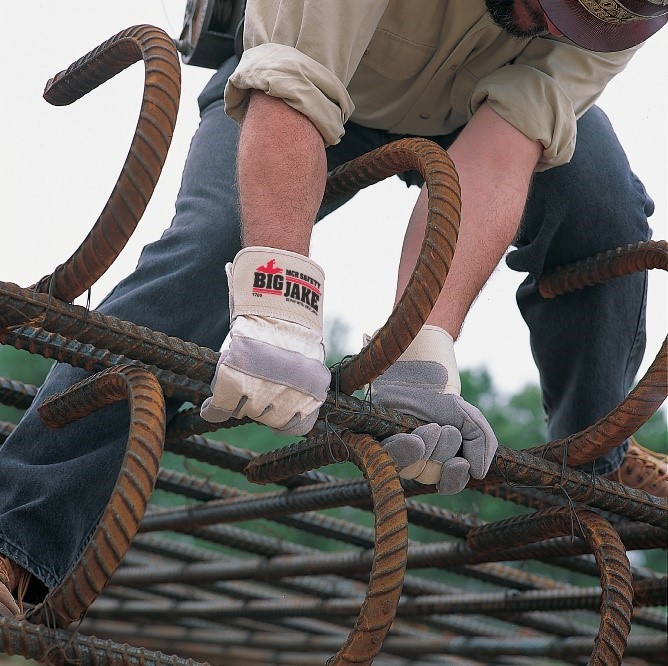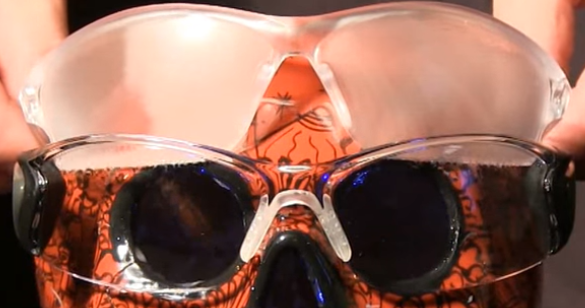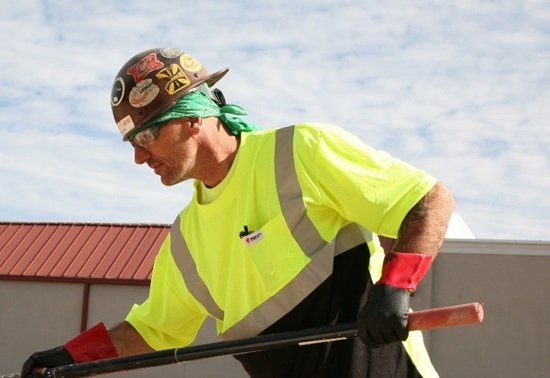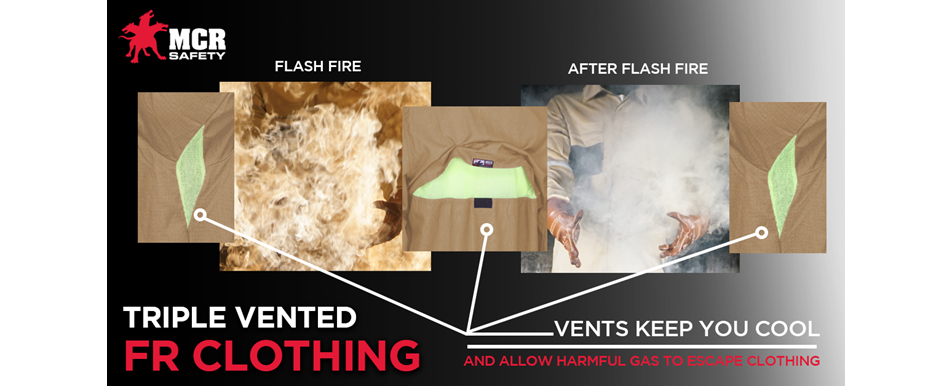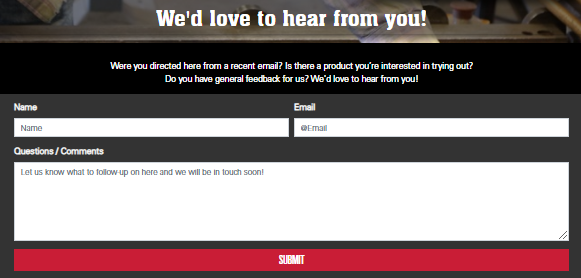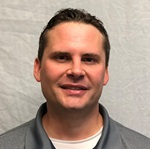01 Apr 04/01/2020
PPE: Definition, Meaning, Gear, and Equipment
Many industries and jobs have terms they shorten into acronyms to save everyone a mouthful of words. One that is heard in many workplaces is “PPE.” But what does PPE stand for, and why do you hear it used by workers everywhere—from linemen climbing telephone poles to riggers on an oil rig, to miners deep in the ground?
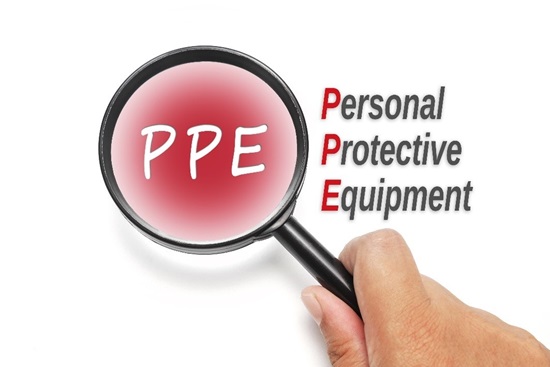
PPE stands for personal protective equipment. You can see why people prefer to shorten it! But don’t let those three little letters fool you into thinking PPE is unimportant. In March of 2020, to fight the spread of coronavirus that causes Covid-19, PPE manufacturers and distributors were designated as part of the Essential Critical Infrastructure Workforce and were called on to help state and local officials protect their communities scrambling to ensure public health and safety. PPE includes the crucial gear and equipment needed to conduct a range of operations and services and to keep workers safe across a wide variety of industries. Among other sectors, PPE is critical in medical and healthcare, telecommunications, information technology systems, defense, food and agriculture, transportation and logistics, energy, water and wastewater, law enforcement, and public works.
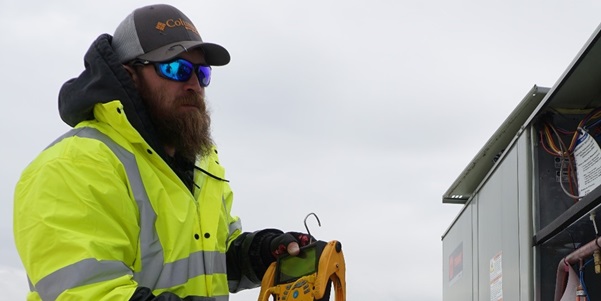
MCR Safety manufactures and supplies industries with gloves, safety glasses, protective garments, and FR clothing.
MCR Safety has been manufacturing and supplying PPE for over 45 years. We don’t take that responsibility lightly, as we know the products we provide protect our country, communities, and our families. Our company motto is “We Protect People” and, perhaps now more than ever, the weight of that responsibility is one we bear proudly. During bleak times, such as the global fight against the COVID-19 pandemic, these words speak volumes to those who rely on and trust us to protect them.
As you’ll see below, PPE is vital for keeping millions of workers across the country safe while they perform the jobs that make modern life possible for all of us. Let’s look at what organizations like OSHA have to say about PPE, what different kinds of PPE exist, and how PPE plays an essential role in employee safety within various industries.
PPE Meaning: What is PPE?
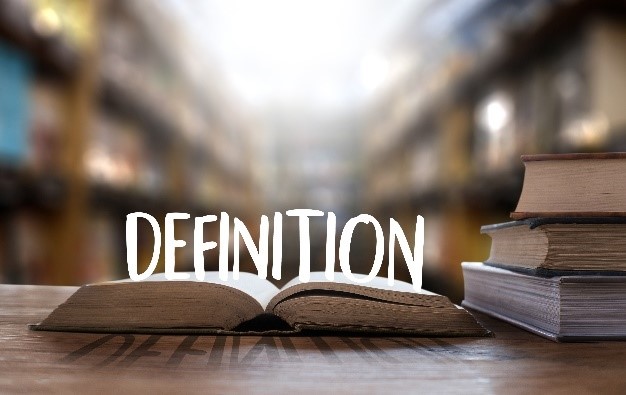
PPE Definition: The official PPE definition from the Occupational Safety and Health Administration (OSHA) states that personal protective equipment is any equipment worn to minimize exposure to hazards that cause serious workplace injuries and illnesses.
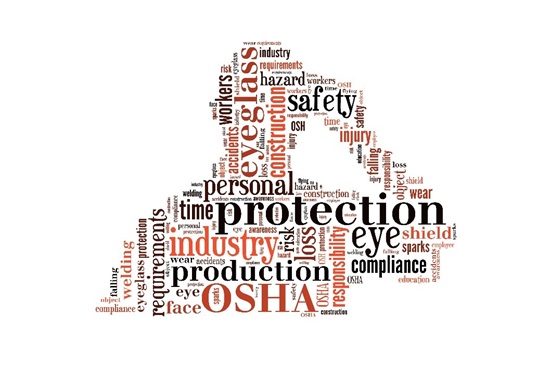
In a nutshell, it is clothing or equipment designed to protect workers from hazards on the job. Examples of safety hazards include the following:
- Contact precautions and droplet precautions - infectious substances
- Chemical hazards – acids, caustics
- Puncture hazards – nails, sharp ends
- Flame and heat hazards – heat and flash fires
- Mechanical hazards – cut hazards
- Electrical hazards - electricity and arc flash
- Dust hazards – combustion
- Impact hazards – flying debris
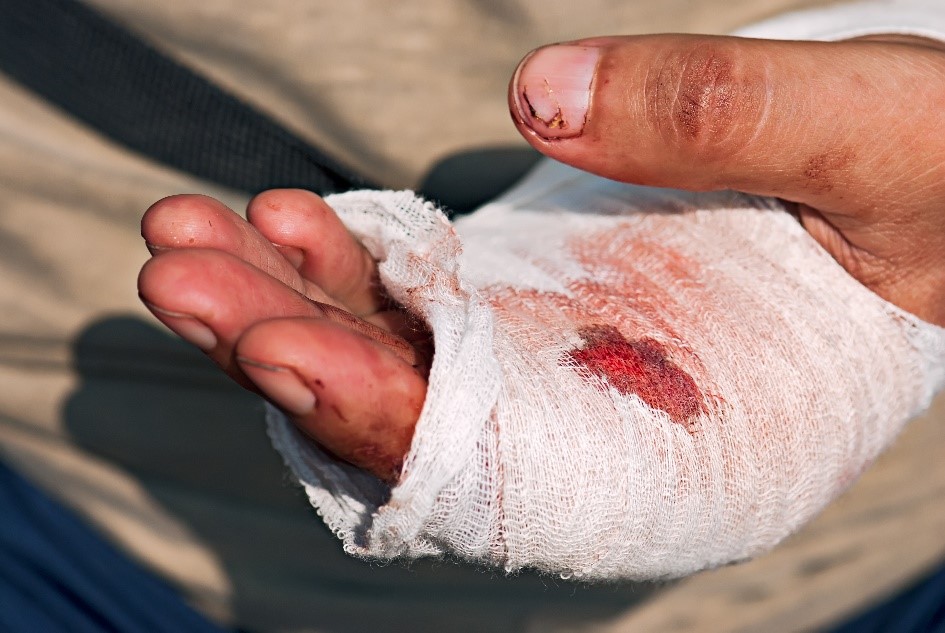
Cut Injury
This list goes on and on—we’ve only covered the tip of the iceberg. It is important to note that the fundamental principle behind PPE is that it be used as a last resort. PPE doesn’t replace other safety measures, but some jobs come with unavoidable risks that only can be mitigated by wearing the proper protective gear. Hazard elimination and engineering and administrative controls are the essential steps in keeping workers safe. However, when safety hazards still exist, employers must provide their workers with appropriate PPE.
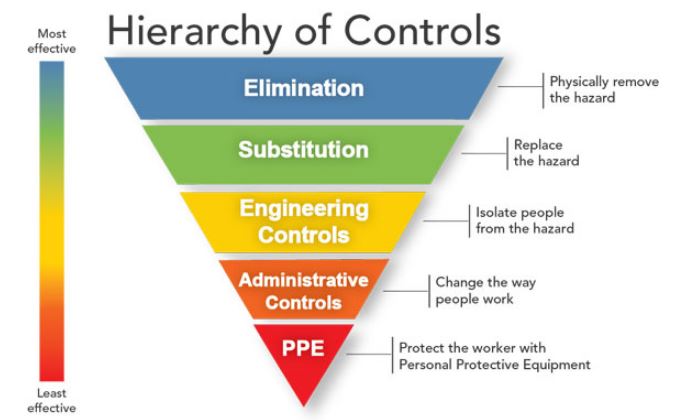
PPE does have limitations, which is why it is considered a last resort. Here are some characteristic limitations of PPE:
- PPE protects only the person wearing it.
- It is unproductive and may become a hazard itself if not fitted properly.
- PPE restricts the wearer’s movement.
Even with its limitations, one is better off wearing PPE than not wearing it. You only get one set of eyes, that’s it. Does it not make sense, then, to keep them protected with safety glasses? Yes, and it’s one of the many reasons why PPE is essential.
Why is PPE important?
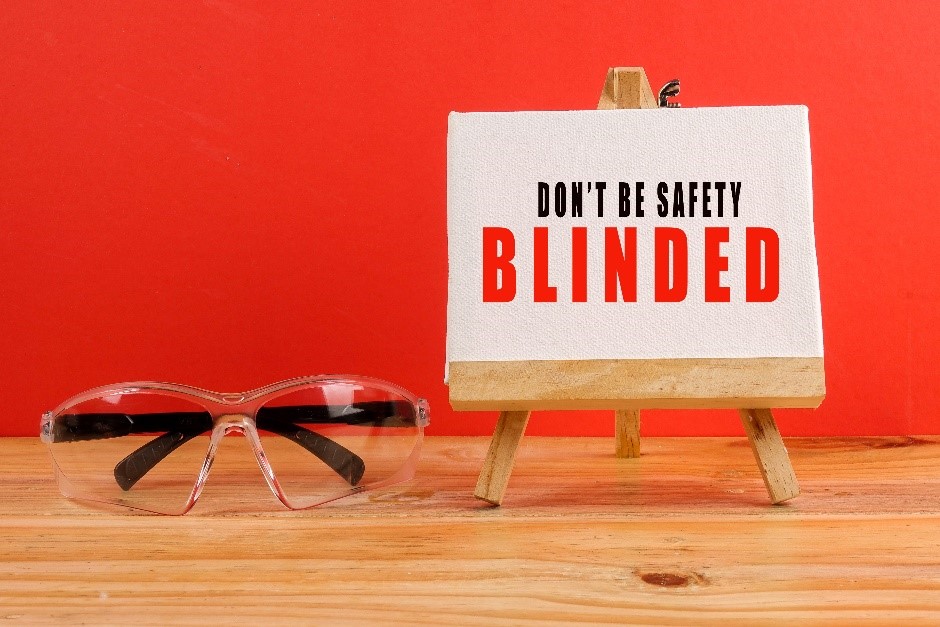
A Christmas Story is a famous movie to watch during the holidays. In it, the mother character has a famous quote where she tells her son, Ralphie, “You’ll shoot your eye out, you’ll shoot your eye out!” Well, Ralphie does eventually injure his eye, though thankfully not as bad as his mother warned. As playful and funny as the movie is, that quote serves as an essential reminder: safety glasses are easy to forget, but the eyes are delicate, and it only takes one injury to blind you. We like to remind kids to put “safety first,” but that goes for adults, too. If you work in a dangerous job, PPE, including safety glasses, is a necessary safety precaution and one that should not be treated lightly.
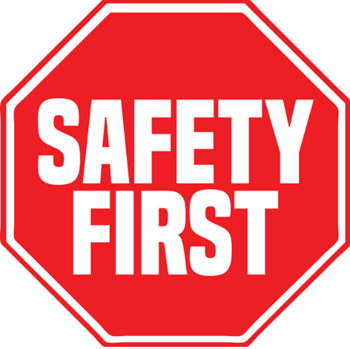
A "Safety First" mentality should be practiced by all.
Wearing protective equipment on the job may seem like a prominent practice, right? No one wants to get hurt—or worse—on the job. But plenty of workers are tempted to neglect their PPE when it is uncomfortable, cumbersome, expensive, or gets left at home. It can be easy to justify not gearing up whenever it’s inconvenient. However, in some work, it only takes one incident of negligence to cause serious injury, disability, or death.
There are other reasons always to wear PPE in jobs that require it:
- Not wearing PPE can complicate liability if you seek workers’ compensation. If you failed to wear PPE and were injured, you may be held responsible and not receive your workers’ comp benefits.
- Regular failure to use PPE can cause lasting health conditions. You might feel fine at first, but long-term exposure to many chemicals and materials can cause cancer, respiratory diseases, and other life-threatening illnesses years down the road. Hearing damage and even permanent hearing loss is very common among workers in loud spaces who do not use proper ear protection.
- PPE can help you do your job better by preventing minor injuries and discomforts that disrupt your day. It doesn’t feel right to work with muscle strains, eye irritation, or a small chemical burn. You’ll focus on the task at hand better when you are physically comfortable.
PPE is often discussed in the context of manufacturing and repair jobs, but it’s vital in the healthcare and emergency response industries as well. Nothing has proven this more than the recent coronavirus pandemic.
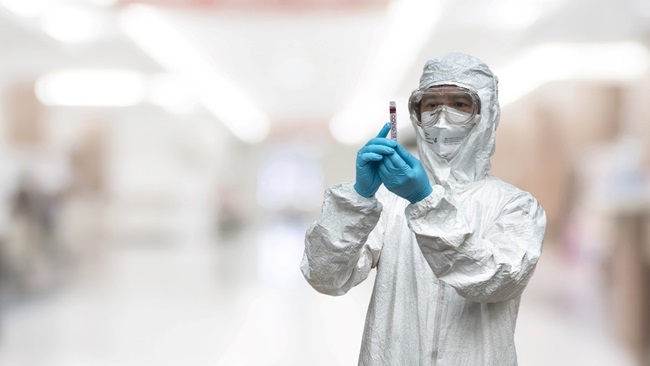
Pandemic PPE
Coronavirus and many other infectious diseases are spread by droplets of saliva and mucus that become airborne and land on surfaces when infected individuals cough or sneeze. All it takes to spread the disease is for a healthy person to breathe in those droplets or to touch a contaminated surface and then touch their mouth, nose, or eyes.
Medical PPE is vital to preventing this kind of transmission. Disposable gloves, goggles, face shields, protective suits, and masks are all helpful at protecting healthcare workers and in reducing illness, whether during a pandemic, flu season, or at any additional time.
OSHA PPE Standard and PPE Requirements
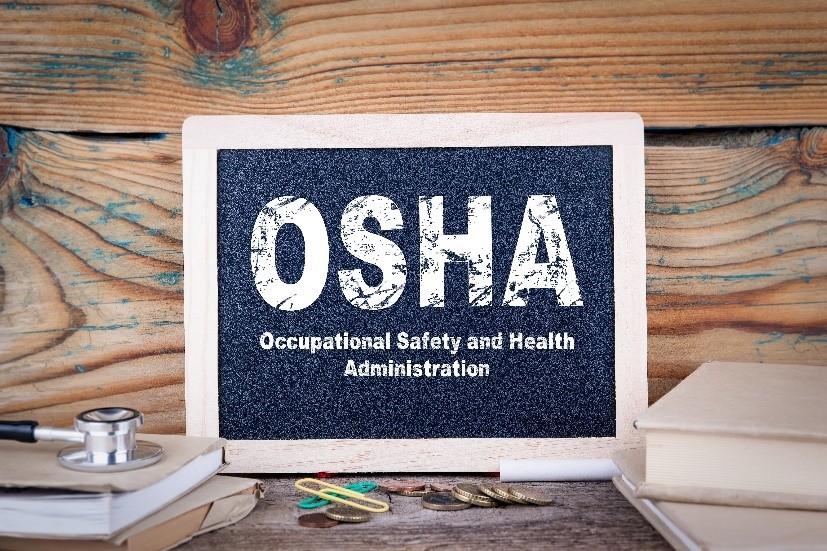
In the United States, OSHA oversees federal regulations for workplace safety. The agency publishes guidelines for employers and employees in all lines of work to follow to keep everyone safe on the job.
Naturally, OSHA has a lot to say about PPE. The agency sets and enforces many different standards that PPE must meet, depending on the industry and specific hazards. OSHA 1910.32 is the governing regulation for personal protective equipment, and it requires that employers provide it at no cost to employees
Furthermore, OSHA requires that many categories of PPE meet performance safety standards developed by the American National Standards Institute (ANSI). This kind of oversight is meant to keep American workers safe no matter what their profession.
According to OSHA, employers are responsible for ensuring employees have proper protective gear and training for their work. Each industry has specific regulations to follow, but here are some of OSHA’s general requirements that apply to all PPE:
- Provide adequate protection against the particular hazards for which they are designed.
- Be of safe design and construction for the work to be performed.
- Be reasonably comfortable when worn under the designated conditions.
- Fit snugly and not unduly interfere with the movements of the wearer.
- Be durable.
- Be capable of being disinfected.
- Be easily cleanable.
- Be distinctly marked to facilitate manufacturer identification.
OSHA has many resources for employers and employees who have questions about PPE. We cover their PPE eTool in our next section.
OSHA’s eTool
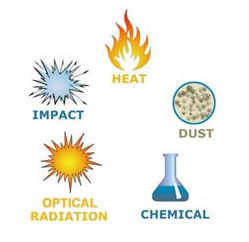
For an employer to know what type of PPE their workers must wear, they must first determine what hazards are present that require protection before assigning PPE to workers. For each of the hazard types listed below, OSHA’s eTool dives more in-depth into each one, helping identify tasks surrounding specific hazards.

OSHA also highlights protection for these five common hazard types. Keep in mind, MCR Safety’s 360° hazard assessment can help you identify these hazards, too, along with offering PPE suggestions to consider and evaluate.
Types of PPE Equipment and PPE Gear
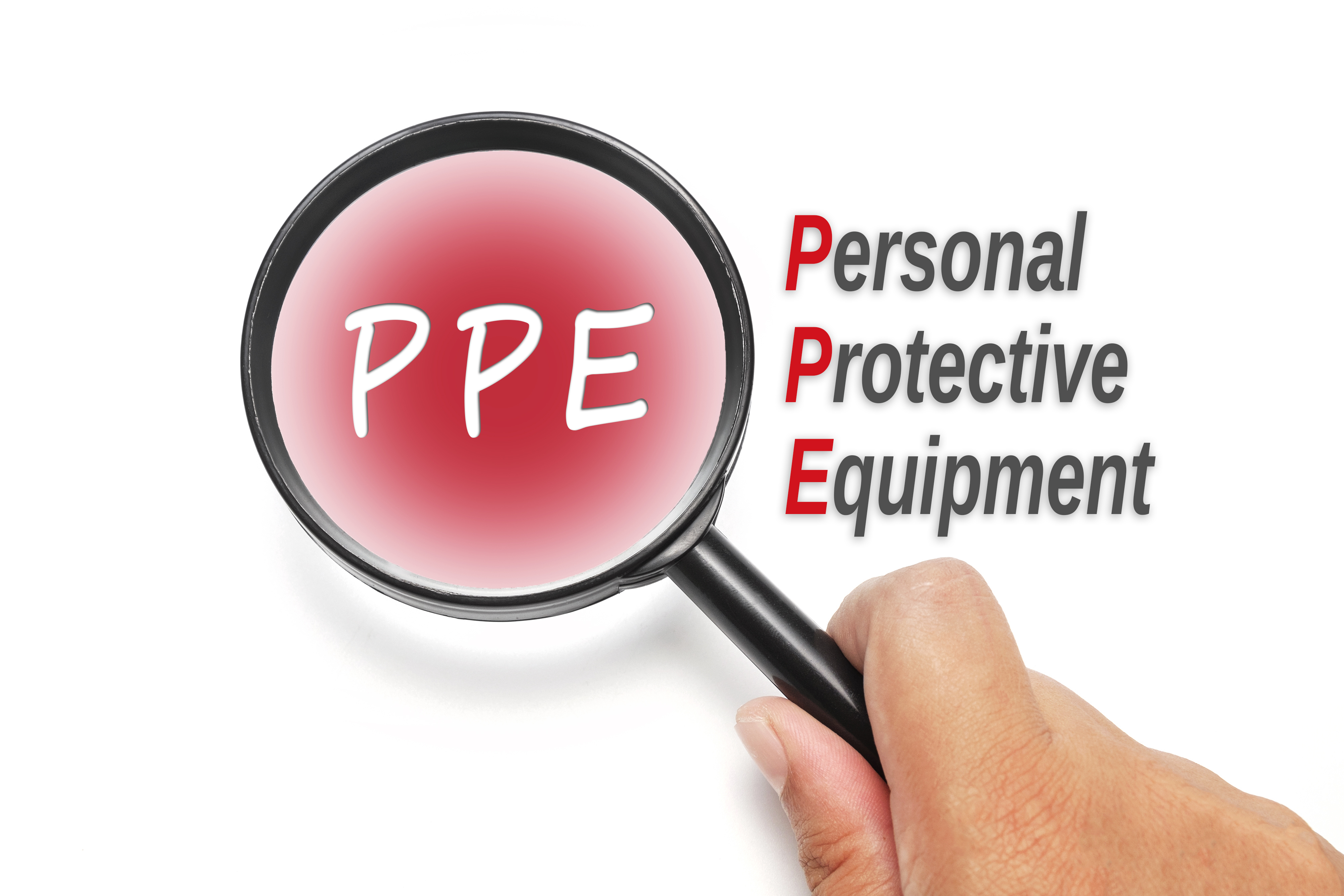
There are many kinds of PPE. It can be best categorized by what part of the body it protects against, along with what hazards are faced. Different PPE is used to protect every part of the body from the head to the feet against a variety of dangers caused by heat, cold, chemicals, noise, falls, cuts, and more.
Here are some common examples of PPE used in different industries:
- PPE Gloves: Gloves protect the hands from injuries due to exposure to chemicals, infectious agents, abrasives, cutting objects, heat, and cold. Gloves can’t entirely prevent some injuries, but they can significantly reduce the severity.
- Welding PPE: Welding involves hot sparks, blinding light, chemicals, fumes, flames, and other hazards. Welding PPE includes welding helmets, hand shields, goggles, respirators, flame-resistant clothing, earmuffs or plugs, rubber-soled shoes, and insulated gloves.
- Arc Flash and Electrical PPE: Flame-resistant FR clothing is PPE every electrical worker must wear. FR PPE protects against the incredible heat of Arc flashes, allowing an electrician to get away from the flame.
- Construction PPE: Sharp objects, falls, falling objects, dust, and more all threaten construction workers. That’s why they need everything from safety glasses and hard hats to cut-resistant gloves and steel-toed boots.
- Lab PPE: Lab employees handle a variety of hazardous materials. It’s common to see them in lab coats and aprons, goggles, gloves, and more.
- Medical PPE: as mentioned above, contact precautions and droplet precautions are always a concern when working around infectious substances. Disposable gloves, face shields, and safety goggles are must-wear protection for those in the medical field.
MCR Safety’s PPE Equipment
MCR Safety specializes in four core PPE product categories: safety glasses, gloves, FR clothing, and protective garments. Each type is vast and deep, with protective solutions offered for workers across numerous industries. Take, for example, protective garments, which include hi-vis vests, rainwear, disposable clothes, chemical protection, steel-toed boots, and more. Each one is designed and engineered to protect workers from different workplace hazards.
You can quickly get to each PPE product category by clicking the images below.
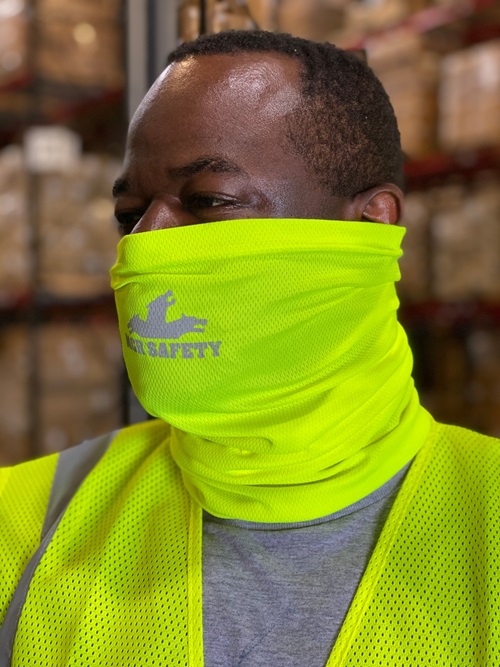
Face Protection
PPE Order: Donning PPE and Removing PPE
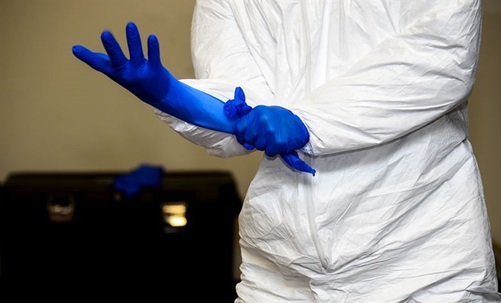
By now, you should be convinced never to skip wearing PPE on the job. The risk is just too high. But you should also take care to wear it correctly. That includes putting on and taking off protective gear in the right sequence.
Why does this matter? Some jobs, such as in the medical field, require multiple pieces of PPE, and they should be put on in layers to work most effectively. Sometimes it is vital to remove contaminated PPE in the right order so as not to contaminate other pieces of clothing that are closer to your body.
Let’s look at medical PPE as an example. The correct sequence for putting on medical PPE is:
- Gown
- Mask or respirator
- Goggles or face shield
- Gloves
Here, it makes sense to start with the gown because the other items might make putting a gown on more difficult, and the gloves are meant to cover the wrist of the gown and hold the sleeves in place.
To remove these items, a healthcare worker follows this order:
- Gloves
- Goggles or face shield
- Gown
- Mask or respirator
Here, the gloves come off first because they are most likely to be contaminated from working with a patient. The mask comes off last because removing everything else could potentially send pathogens clinging to the gown or goggles into the air. Removing this PPE also begins with a fifth step of washing one’s hands thoroughly to reduce the risk of transmission further.
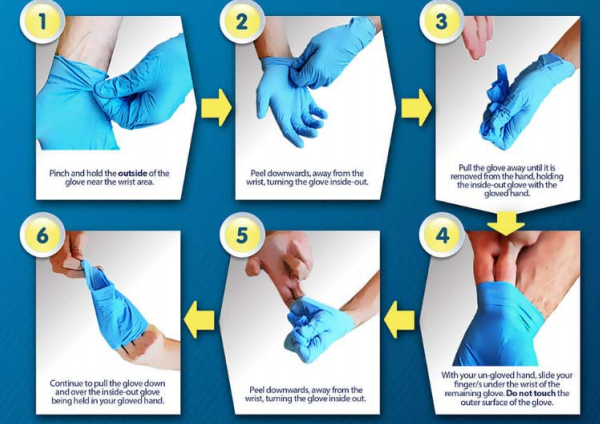
The sequence to don and doff PPE will differ depending on the pieces an employee is wearing and what hazard they are trying to avoid. That is why employers should perform regular PPE training to ensure all workers know the correct way to put on and take off their PPE safely.
Additional Resources
- CDC PPE Sequence
- PPE Glove Information
- PPE Poster
- PPE Safety
- PPE Minimum Requirements
- OSHA Standards
- OSHA PDF
- Canada's National Centre for Occupational Health and Safety (CCOHS ) information.
- EHS Today
Proper PPE Training

Two or three times a year, we invite safety companies, industrial distributors, and PPE users out for training sessions on the MCR Safety product line and PPE in general. Our training schedule is posted here. In this training, we go deeper into specific industries, applications, and hazards.
We also have representatives in the field who can assist with training, too. Please leave us a comment if that is something you would like to have implemented.
Protecting People Is What We Do
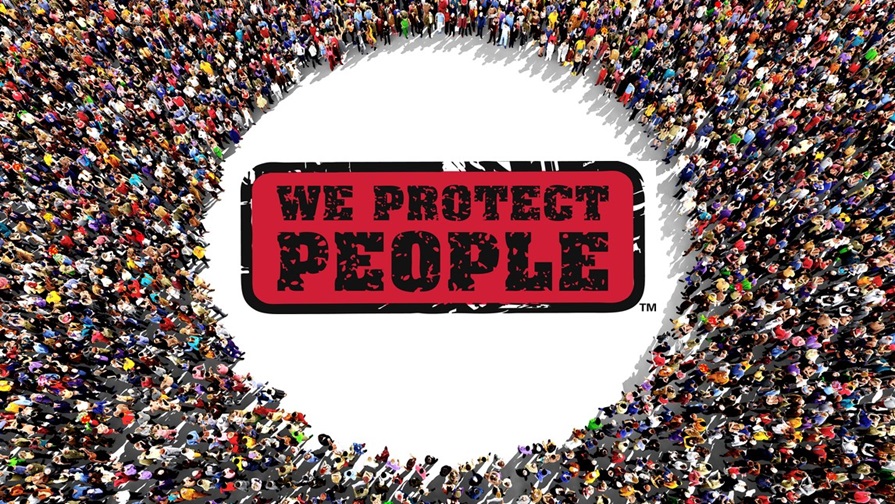
No one can doubt the importance of PPE in the workplace. MCR Safety is proud to protect America’s workers with proven PPE that is not only safe but comfortable. You’ll never regret wearing our carefully designed products. They prevent injury and let you continue working the job you love with confidence.
Click the image above to request a quote, leave us a comment, ask a question, or share any concerns.
For over 45 years, MCR Safety has proven to be a world leader in gloves, glasses, and garments. Whether it's on the shop floor, an oil rig, or a construction site, we are there to provide solutions to workplace hazards. It's all part of our commitment to protect people.
No matter your industry, we have the personal protective equipment you need.
Learn more about MCR Safety by checking out our most recent video. For more information, browse our website, request a catalog, find a distributor, or give us a call at (800) 955-6887.
About the Author
Latest Articles






